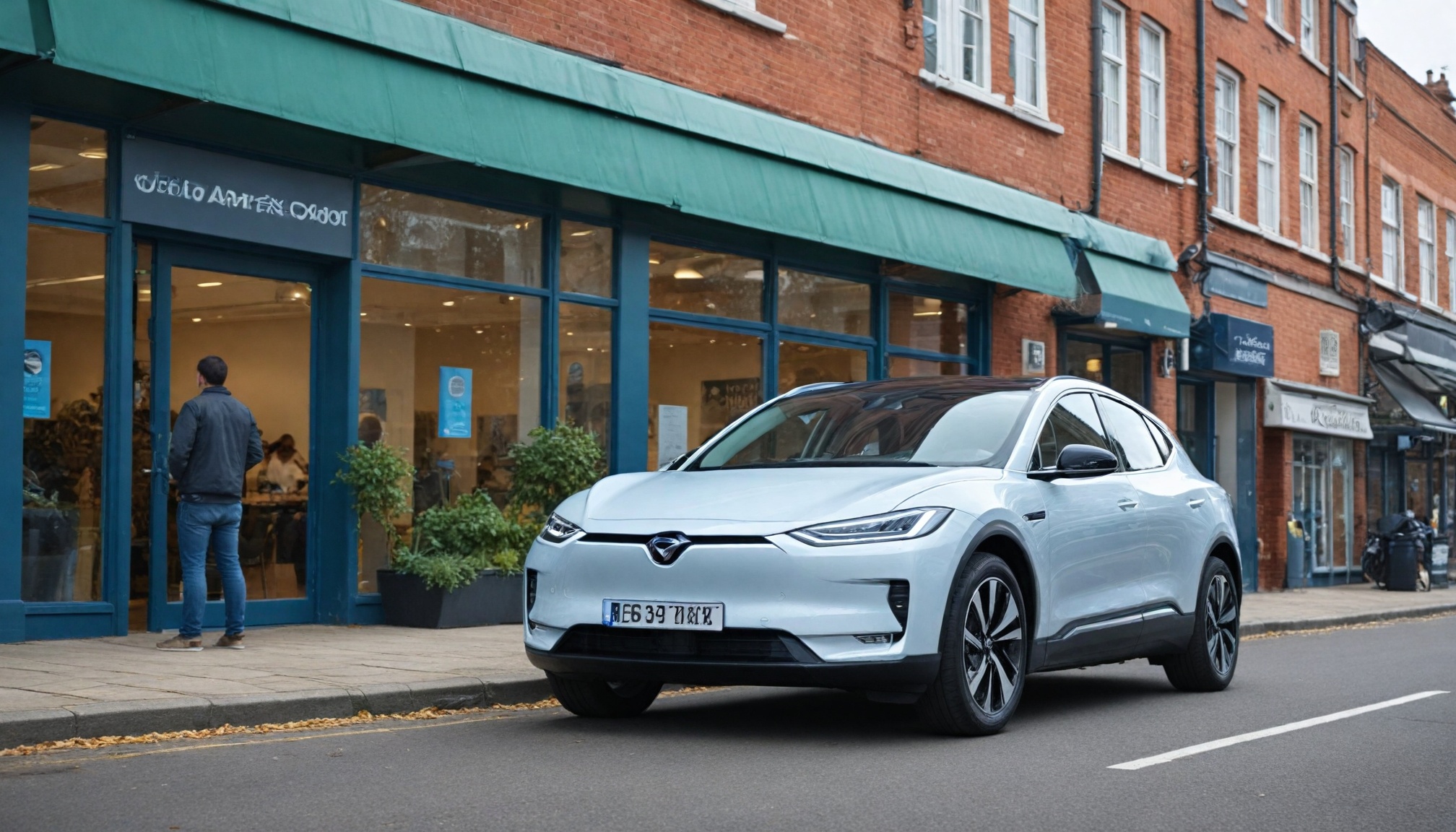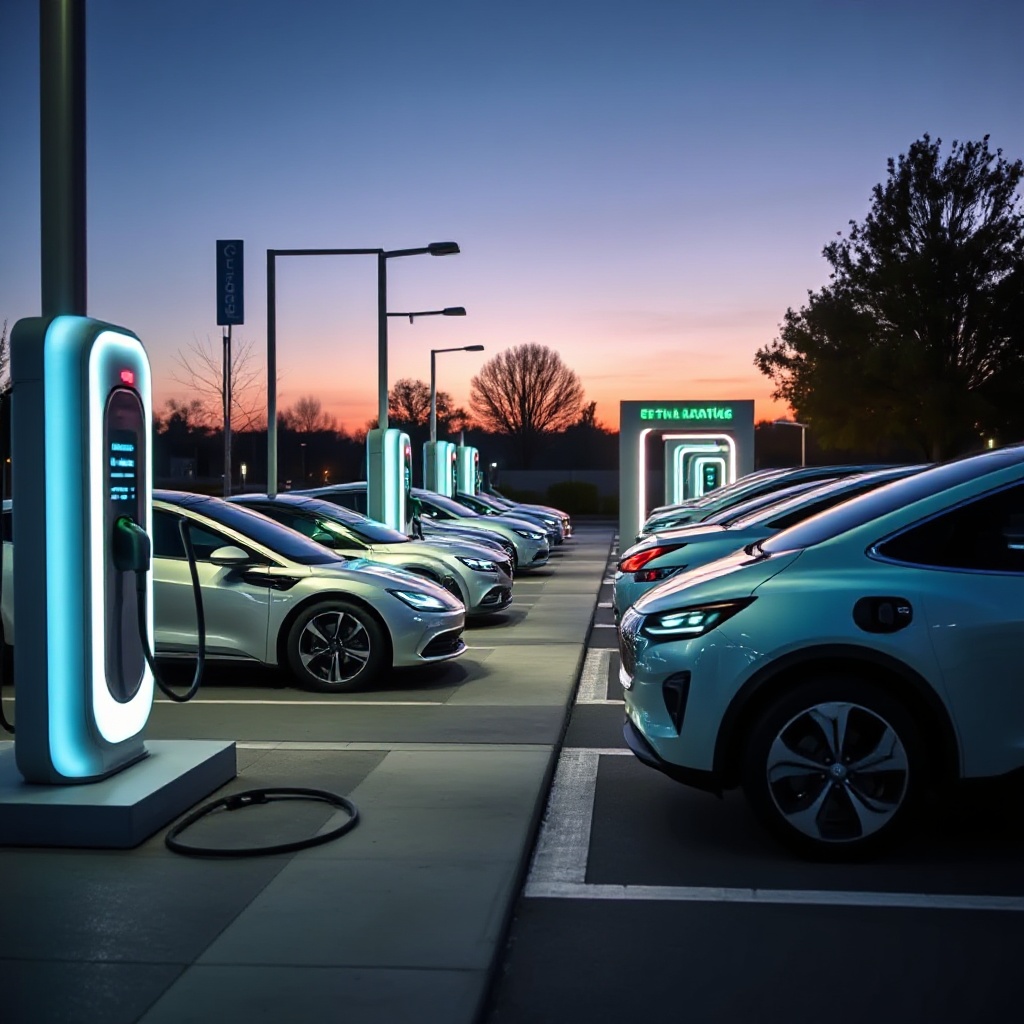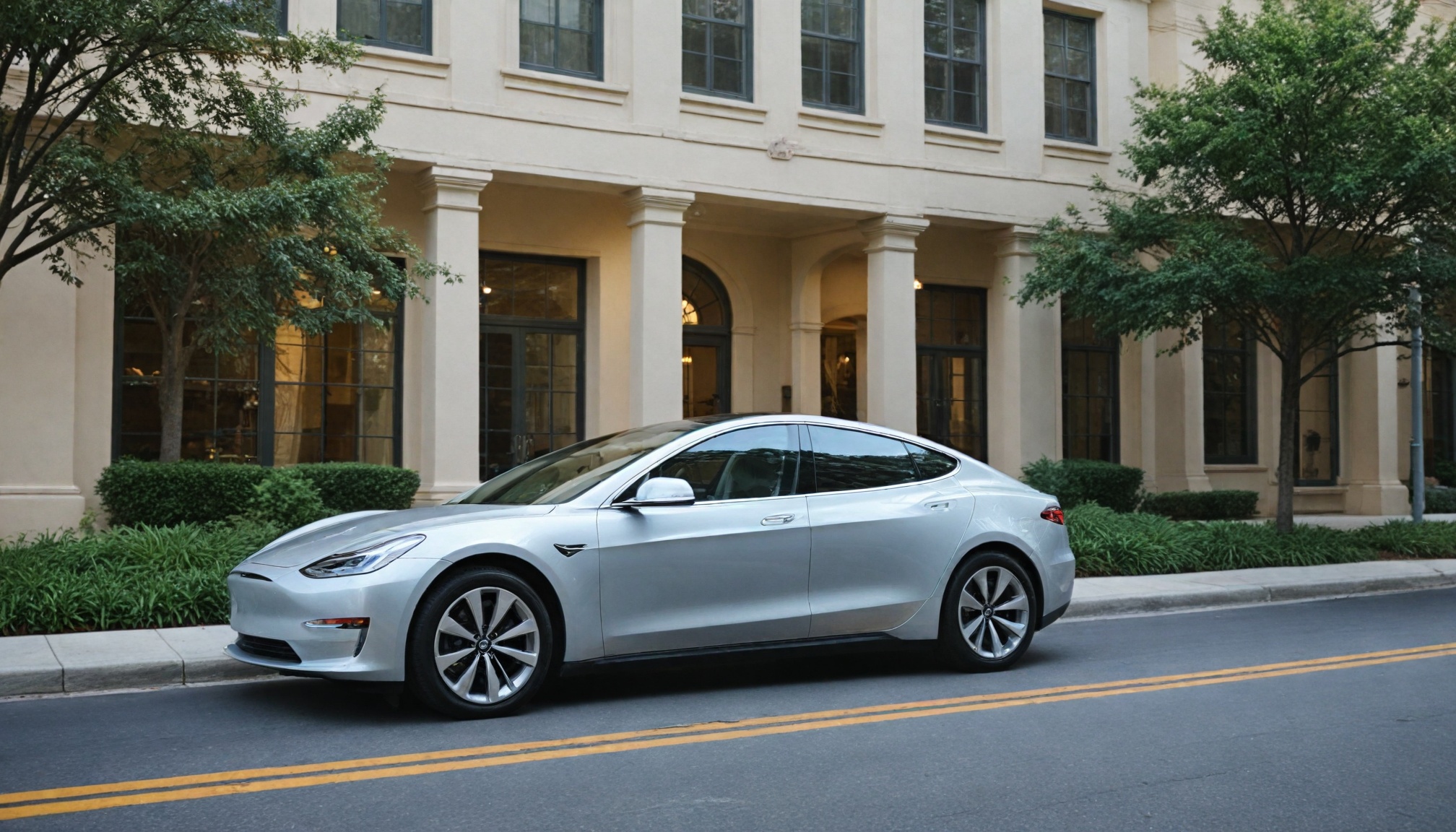
UK EV market surges with 38% sales growth, 15.2% market share, and 246% increase in model variety. Charging infrastructure expands as tax policies evolve to support adoption.

Drivetech Partners
The UK electric vehicle market is experiencing a remarkable transformation in 2025, with unprecedented growth in both sales and model variety. Battery electric vehicles achieved a 15.2% market share in Q1 2025, with registrations jumping 38% compared to the previous year, reflecting changing consumer preferences driven by expanding choices, evolving tax policies, and improved charging infrastructure.
Key Takeaways
EV registrations surged 38% year-on-year in March 2025, with European markets experiencing their strongest quarter on record
The number of available BEV models has increased by a staggering 246% between 2020 and 2024
Public charging infrastructure reached 73,699 total charge points by the end of 2024, with installation rates accelerating
New tax policies from April 2025 will bring EVs into the standard VED system with favorable rates compared to combustion vehicles
Despite record growth, the current 15.2% market share falls short of the 28% ZEV mandate target required by 2025
Record-Breaking Growth in the UK EV Market
The UK electric vehicle market has reached a pivotal moment, with record-breaking sales figures marking the beginning of 2025. EV registrations increased by 38% in March 2025 compared to the same month in 2024, pushing battery electric vehicles to a 15.2% market share in Q1 2025. This growth comes as traditional combustion engines continue their decline, with petrol registrations falling 25% and diesel plummeting 15% to account for just 5.5% of new car sales.
While Tesla maintains its position as the UK's leading electric brand, it faces mounting competition from European manufacturers like Volkswagen. The European market as a whole saw 240,891 new BEV registrations in March 2025 alone—the second-highest result on record. Total European BEV registrations increased by 28% to 570,943 in Q1 2025, making it the strongest quarter on record according to data from Best Selling Cars.

From Limited Options to Consumer Choice: The EV Model Explosion
The most dramatic change in the UK EV landscape has been the explosion in available models across all segments and price points. The number of BEV variants has grown by 66% over the past year, representing a 246% increase between 2020 and 2024. Brand diversity has similarly expanded, with a 95% increase in BEV manufacturers in the UK over the past four years.
In 2024 alone, 24 new electric car models were launched, increasing model availability by 15% compared to 2023. This expanding catalog has created unprecedented choice for consumers, allowing potential buyers to find electric options that truly match their specific needs rather than compromising on limited offerings.

Shifting Consumer Preferences in the Electric Era
Consumer preferences are evolving alongside the expanding market. Where early EV adopters often opted for premium models, there's now growing demand for smaller BEVs including superminis and city cars. This shift reflects a market maturing beyond early adopters to mainstream buyers looking for affordable, practical options suited to urban driving.
Buyers are increasingly attracted by the potential running cost savings and improved driving experience that electric vehicles offer. The broader variety now available means consumers can find models matching their specific needs across various price points—from budget-friendly city runabouts to luxury performance vehicles, with many options in between.

The Charging Network Revolution
The UK's charging infrastructure has expanded at an accelerated pace, addressing one of the primary concerns for potential EV adopters. As of the end of 2024, the UK had 73,699 total public charge points, representing a 38% year-on-year increase with over 20,000 new installations in 2024 alone. The monthly installation rate increased from 1,400 to 1,650, according to EV Candi.
Perhaps most notably, ultra-rapid (150kW+) charger installations saw an 84% growth since the end of 2023, dramatically reducing charging times for compatible vehicles. The number of charging hubs (locations with six or more 50kW chargers) more than doubled from 264 to 537 in 2024. Additionally, 12,000 destination chargers were added at restaurants, hotels, retail parks, and leisure areas, making charging more convenient during typical stops.

Regional Disparities and Future Infrastructure Plans
Despite the overall growth, charging infrastructure distribution remains uneven across the UK. While nine out of 12 UK geographical areas now have over 1,000 50kW+ chargers, 72% of on-street chargers are concentrated in Greater London. Wales and North West regions lag in charging infrastructure, while Northern Ireland continues to show a slower pace of installations.
Looking ahead, LEVI (Local Electric Vehicle Infrastructure) government-funded projects are expected to create a more equitable distribution of on-street charging by late 2025. This targeted funding aims to address regional charging inequalities that could otherwise hamper EV adoption outside major urban centers. The National Audit Office reports that public charge point numbers are on track to meet government targets by 2030.
New Tax Landscape for Electric Vehicles
April 2025 marks a significant shift in EV taxation as electric vehicles join the standard VED (Vehicle Excise Duty) system. New EVs will pay a reduced first-year rate of £10, compared to up to £2,365 for combustion vehicles. From the second year, a standard annual rate of £195 applies, with an additional £425 annual supplement for premium EVs (over £40,000) for five years.
Several grandfathering provisions protect early adopters. EVs registered before April 2025 are exempt from the Expensive Car Supplement, while those registered before March 2017 will pay just £20 annually. The Benefit-in-Kind tax rate for EVs rises to 3% in April 2025, still significantly lower than ICE vehicles (up to 37%), making company EVs highly tax-efficient choices.
The Treasury has acknowledged that the EV market has matured beyond the need for complete tax exemption, but these graduated changes maintain significant financial advantages for electric vehicle owners compared to combustion alternatives, as detailed by Clearwatt.
Government Policy and Industry Commitment to an Electric Future
The UK government has implemented a Zero Emission Vehicle (ZEV) mandate requiring 28% of new car sales to be zero-emission by 2025. This ambitious target increases progressively, reaching 80% by 2030 and 100% by 2035. Major manufacturers including Mini, Vauxhall, Ford, Bentley, and Rolls Royce have committed to zero-emission futures from 2030, with over £3 billion invested in the UK zero-emission vehicle sector.
However, challenges remain. Despite record growth, the current 15.2% BEV market share is "still far from where it was expected to be" in relation to the ZEV mandate targets. In comparison, all-electric cars reached a 17% market share across Europe in Q1 2025. Salary sacrifice schemes remain financially advantageous for EV adoption despite Employer National Insurance Contributions increasing to 15% from April 2025.
The Road Ahead: Challenges and Opportunities
The UK electric vehicle market stands at a crossroads. The unprecedented growth in model availability and charging infrastructure has created a solid foundation for mass adoption. However, the gap between current market share and regulatory targets points to persistent challenges.
For consumers, the decision to go electric has never been easier. The combination of expanding model choice, financial incentives, and improved infrastructure removes many historical barriers to adoption. But meeting the demanding ZEV mandate targets will require sustained effort from manufacturers, infrastructure providers, and policymakers.
As European market analyst Felipe Munoz noted, "March was a momentous month for BEV registrations in Europe." The coming years will determine whether this momentum can be maintained and accelerated to meet the UK's ambitious decarbonization goals for transport.
Sources
SMMT Electric Vehicle Registrations
The Manufacturer UK EV Sales Hit Record-Breaking Levels in March
IEA Global EV Outlook 2025
ACEA New Car Registrations
HPI UK EV Market 2025






